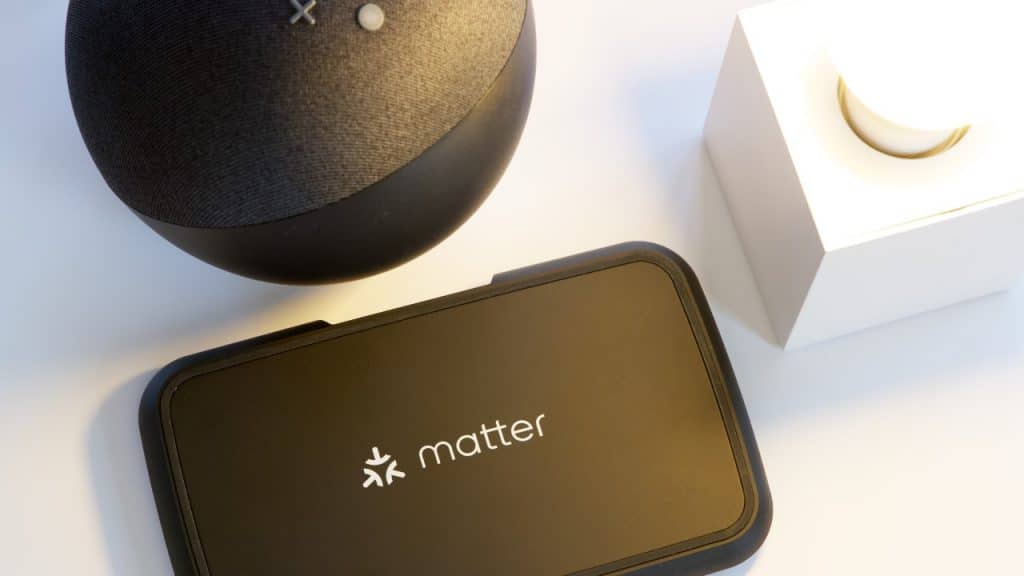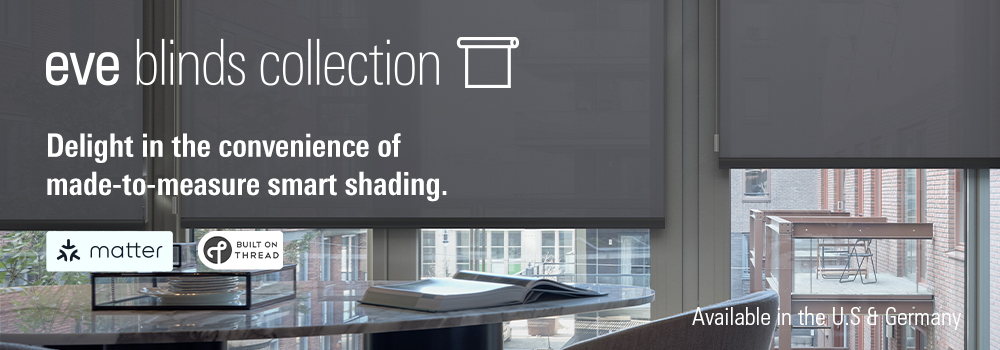November 3, 2022 was a great day for all involved. The Connectivity Standards Alliance (CSA) – the organization responsible for the Matter standard – had invited to the launch event in Amsterdam. Media representatives from all over the world were able to witness the beginning of a new smart home era – on site at the event center or online in front of their video screens. The opening keynotes were broadcasted live and can still be viewed on YouTube (link).

Common message: Despite delays during the three-year development period (see timeline), momentum remains unbroken. “Since the standard was published in October 2022, 20 new members alone have joined the Alliance,” said CSA President and CEO Tobin Richardson in his presentation. The specifications have been downloaded 4400 times, and the Software Developer Kit 2500 times. In addition, 190 products are in the process of certification or have already received the CSA’s official blessing. The current status can be viewed online (link), but does not directly reflect the availability of devices. Because it is up to a vendor to decide when to deliver its software or bring a product to market.
Software updates first
The more exciting part of the event therefore took place one level below. There, on the sixth floor of the former diamond exchange Capital C, more than a dozen manufacturers had pitched their tents. Or rather: set up demo tables. Here they showed how nimble and reliable Matter works in practice. Except that almost final software was being used now and not a beta version – as was the case with Eve Systems at the IFA in early September. The German company is also one of the first end device manufacturers planning to provide updates for their products: On December 12, they will start with Eve Energy, Eve Motion and Eve Door & Window.
Shortly before or at the same time, Ubisys intends to update its Zigbee bridge, and Aqara is also planning to refresh its M2 smart home hub in December. Amazon will at least partially update 17 Echo models by the end of the year, but we’ll get to that right away. And Wiz is targeting the same timeframe for its Wi-Fi light bulbs. Followed by Signify sister Philips Hue, which wants to update its bridge “in the first quarter of 2023.” But that also means some time will pass before new products with the Matter logo hit retail shelves. Nanoleaf with the new edition of its Essentials series should be among the first (planned for the 1st quarter 2023).
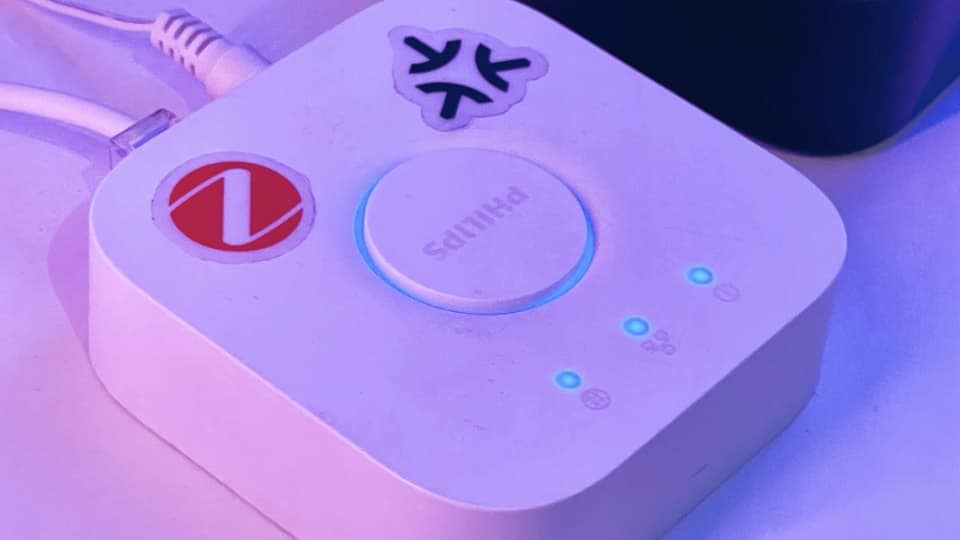
First in line are software updates for existing model versions, which is gratifying. After all, the alliance had planned to involve as many smart home users as possible and not necessarily require the purchase of new devices. Bridge solutions and products that can be updated are an effective way of achieving this. In this regard, and in terms of the exchange of commands, Matter seems to meet the high expectations. However, those who traveled to Amsterdam in the hope of experiencing a well-lubricated clockwork, where all the cogs already mesh smoothly, could still hear it grating in some places.
Quiet grinding in the gears
Designing a complex movement like the Matter standard and manufacturing all the necessary parts is one thing. Getting the whole thing to work successfully is quite another. To achieve this, manufacturers must also work together where the standard offers room for their own interpretations. Example: the Multi-Admin function. The ability to use products in several smart home solutions in parallel is a core promise of Matter. Installed devices can be put into pairing mode and then added to another ecosystem – or to many, if desired.
But how system providers – from Apple to Samsung SmartThings – implement this option is up to them. Google and Samsung, for example, generate a QR code that can be captured with a smartphone camera to establish an encrypted connection to the devices. However, Apple’s Home app in particular – one of the pioneers of this method with HomeKit – displayed a multi-digit numeric code on the screen in Amsterdam. Not only is it more cumbersome to copy this code manually and paste it into the other system’s app, it also doesn’t fit Apple’s usual operating philosophy. Possibly, a future iOS update will improve this process.
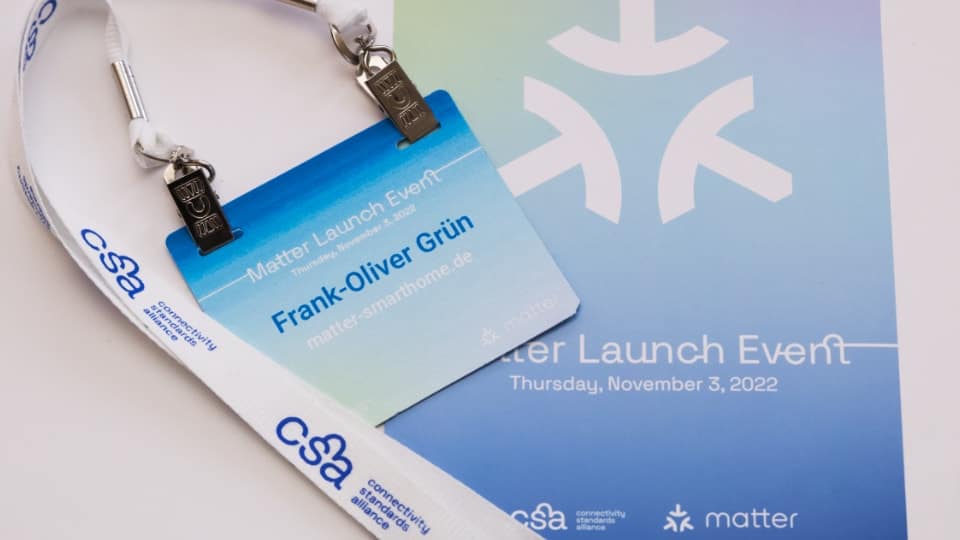
It also seems unclear how the transferred devices show up in the receiver app. If things go badly, they appear as a new, anonymous device that first needs to be designated and moved to its virtual place in the smart home – even though it was already set up at its source. As a result, the major ecosystems have begun to enter into bilateral agreements. Google is working with SmartThings and SmartThings is also working with Amazon to improve mutual data exchange.
Failure to provide assistance does not prevent operation, but it may complicate handling. This is similar to what Philips Hue has announced for its bridge: When Signify updates the Hue bridge soon, Amazon Alexa and Google Home will be able to access all lamps as usual after the update using Matter. With Apple, as of today, the bridge must first be deleted from the Home app and added again to enable other Matter systems to connect.
Real kick-off in early 2023
Because there obviously is still work to be done, founding member Amazon has opted for a two-phase launch: In December, the first group of 17 Echo models will receive a software update for Matter – including all Dots from the 3rd generation on (with and without clock), Echos of the 3rd and 4th generation, various Echo Show, but also Echo Studio, Flex and Input. When updated, these Amazon products will be able to integrate three Matter device categories via Wi-Fi: Lamps, sockets and switches. Those who do not order their accessories directly from Amazon with “Frustration-Free Setup” (AFFS) will need the Alexa app for Android to get started.
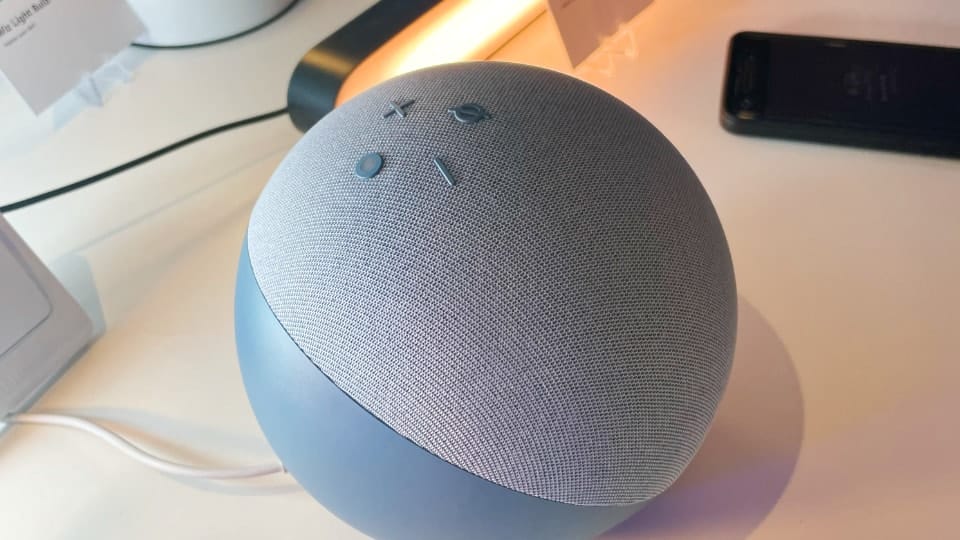
An upgraded version of the iOS app will then follow with the second wave early in 2023 – together with further Echo models, additional Matter product categories and support for the Thread wireless standard. There may be several reasons why this is the case. For one thing, the development of Thread Border Routers does not yet seem to have reached the point where models from different vendors automatically form a common network. To join each other, individual APIs of the providers are necessary. In addition, Apple’s latest iOS generation seems to be causing additional work. SmartThings has only released a Matter-capable Android version of its app so far, too.
The Matter train will really get going at the beginning of 2023, when Aqara, Ikea, Wiz, Philips Hue – and hopefully Google – will also deliver their updates. The big G has not yet announced a schedule in Amsterdam.
Would it have been better to postpone the launch for another two months? Maybe, maybe not. Because then we would have been denied this exciting glimpse into the gears of smart home mechanics. Later, when everything is up and running, hardly anyone is interested in the technology under the hood; this is no different in buildings than it is in cars. And a launch around the Consumer Electronics Show (CES) in Las Vegas in early January would have made Matter a U.S. home game. The Connectivity Standards Alliance probably wanted to avoid this impression, considering the lively participation of European companies. CES will be dominated by Matter anyway.
Conclusion: The wish for a smart home super-standard is coming true. Its realization just needs a little more time.
Share this information:
